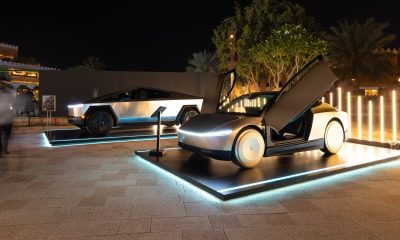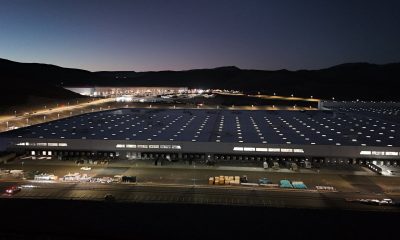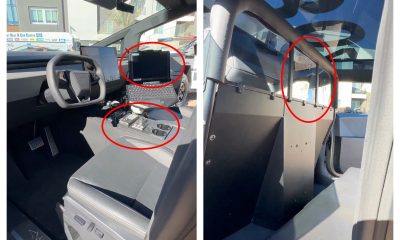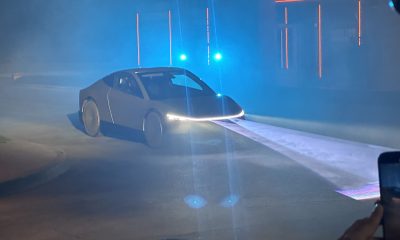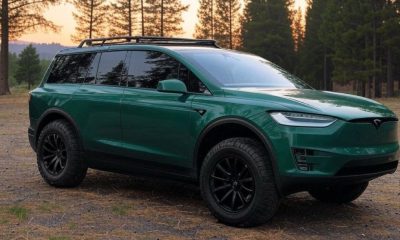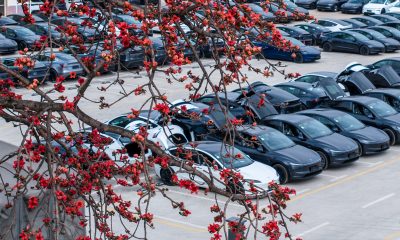News
Do you own your Tesla or does your Tesla own you?
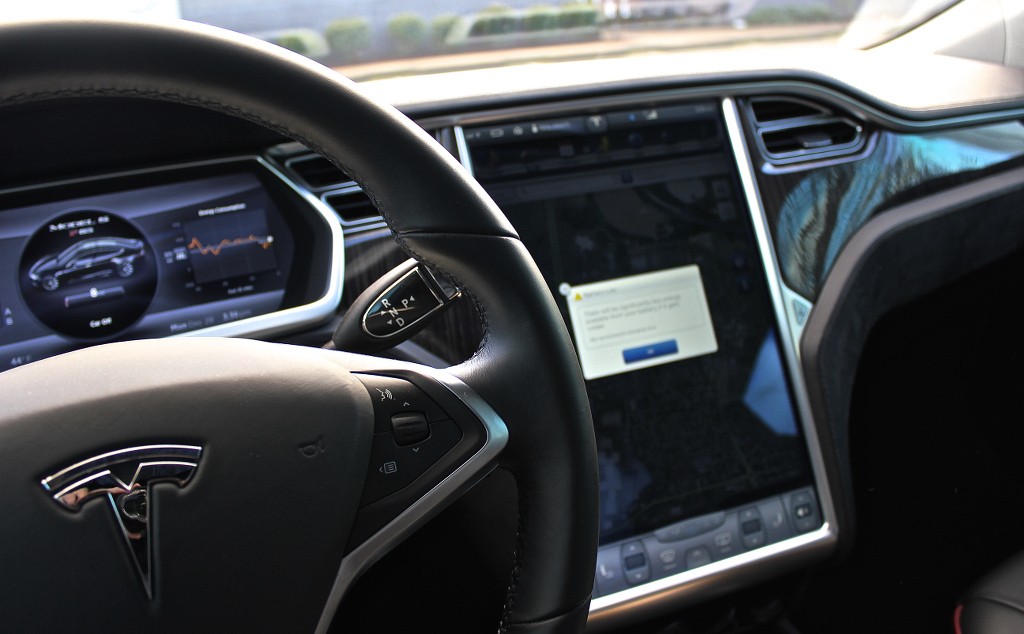
Among all the hype and excitement about the wonders of self-driving cars — an age that Elon Musk says could start next year if regulators allow it — comes an interesting thought by a writer from the LA Times, asking whether we control our vehicles or does the manufacturer of the vehicle have a control on us? Let us explain.
Tesla issued a press release last month about the company’s new autonomous driving hardware. In the statement Tesla made it clear that owners would be able to share their car with family and friends using its Full Self-Driving capability, but prohibited from using it to generate income through competing ride sharing services such as Uber and Lyft. But in an age where ownership is largely dictated by a person’s action of purchasing something to own, such as a Tesla, do you really own it if Tesla can dictate how you use your car? Can you truly say you own it?
The issue comes down to the End User License Agreement (EULA). This legal agreement dates back to the 1980s when software companies began attaching one to their programs. At the time, there wasn’t much opposition from customers, regulators, or courts. Today, every EULA is thousands of words of dense legal jargon largely unintelligible to the average person (and most lawyers).
Corporations are constantly seeking ways to maintain control over their products after they pass into the hands of consumers. John Deere prohibits farmers who buy its software enabled tractors from doing their own repairs. According to the Los Angeles Times, General Motors has told the U.S. Copyright Office that motorists who purchase its cars “mistakenly conflate ownership of a vehicle with ownership of the underlying computer software in the vehicle,” even though the vehicle is basically inoperable without the software. Hewlett Packard and Lexmark printers are programmed to reject other makers’ ink cartridges.
Tesla doesn’t prohibit people from working on their cars, but it severely restricts access to repair manuals. Even when access is granted, as required under Massachusetts law, the cost is prohibitive for most individuals. Is it fair to say a car you can’t repair yourself and cannot use as you see fit is truly owned by you? Or are you merely a licensee of the technology contained within it?
The question for the future is what happens when and if Mother Tesla decides to further limit how owners can use their cars? Geofencing is common today. Top speed can be electronically limited. What if Tesla decided to cooperate with law enforcement to limit the maximum speed of cars owned by people with multiple moving violations? Would Tesla ever shut down the operation of one of its vehicles at the request of the police or federal authorities? Could Tesla disable a car it the owner falls behind in loan or lease payments?
No one is saying that Tesla is planning any of these actions, but the ability to implement them exists. All it takes is appropriate language in the EULA to make it all legal. Tesla’s ban on using its cars for Uber or Lyft duty may not give most people pause, but it means the company has already taken one step down a slippery slope. Tesla owners need to be vigilant for further intrusions on their rights as owners.
News
Tesla Cybercab is heading to China’s import expo
The event will take place from November 5–10 at Shanghai’s National Exhibition and Convention Center.
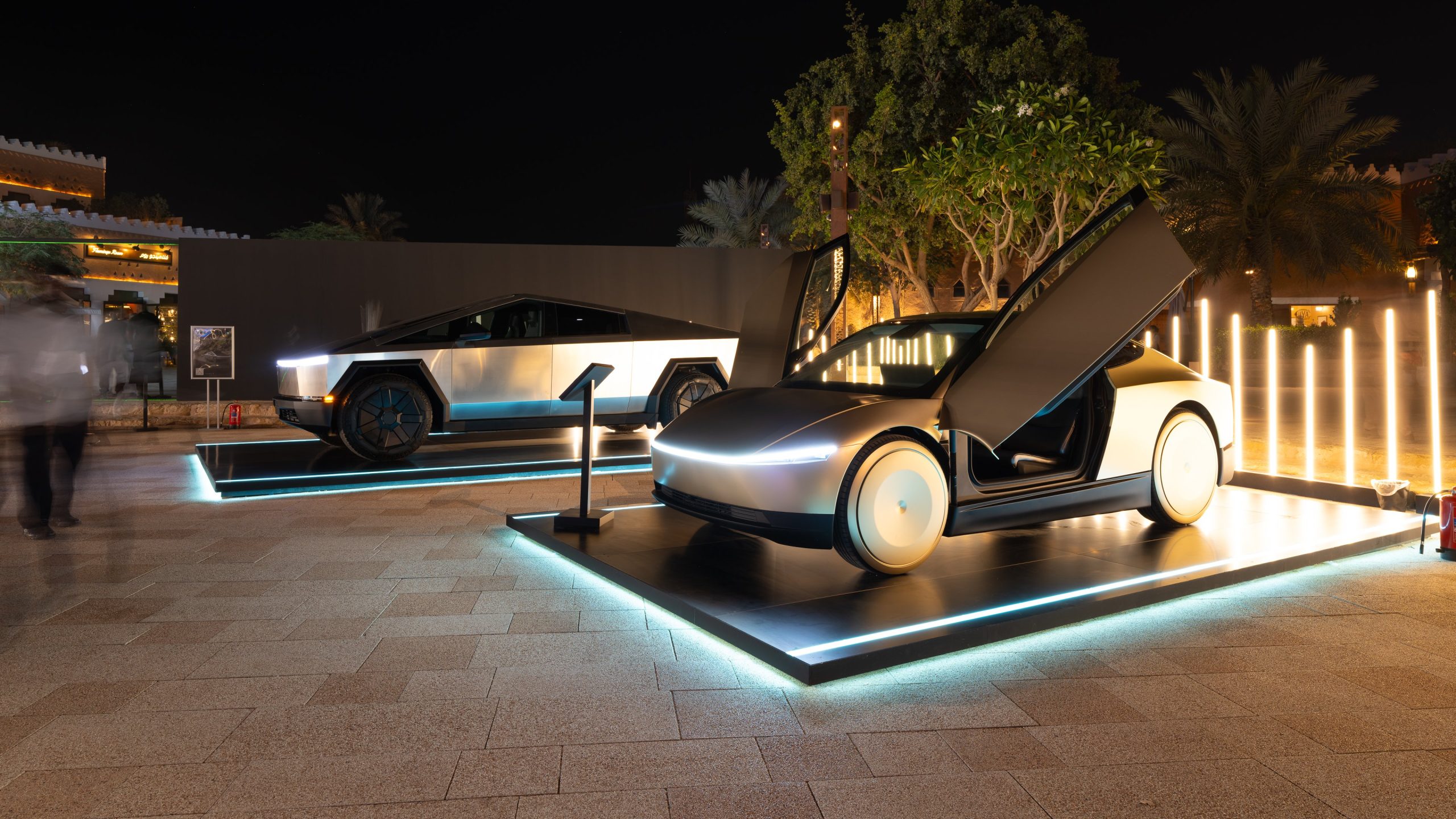
Tesla will make its return to the China International Import Expo (CIIE) this November, marking its first appearance at the event since 2022. The U.S. electric vehicle maker confirmed it will showcase its highly anticipated Cybercab, which will make its Asia-Pacific debut during the event.
The expo will take place from November 5–10 at Shanghai’s National Exhibition and Convention Center.
Tesla Cybercab in China
Tesla announced its participation in the event on its official Weibo account. As per the electric vehicle maker, it would be occupying Booth A3-03 in Hall 2.1 at the National Exhibition and Convention Center. As noted in a CNEV Post report, the Cybercab, the company’s dedicated autonomous two-seater Robotaxi, will be making its Asia-Pacific debut at the CIIE as well.
The company shared a graphic on Chinese social media which showed an image featuring several Tesla products, such as the Cybercab, Optimus, and Megapack batteries. The graphic also featured a building that read “Master Plan Part IV.”
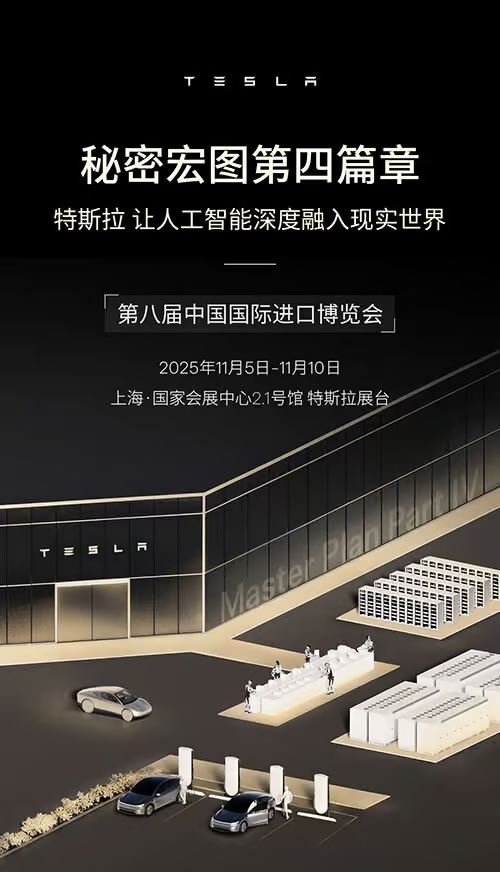
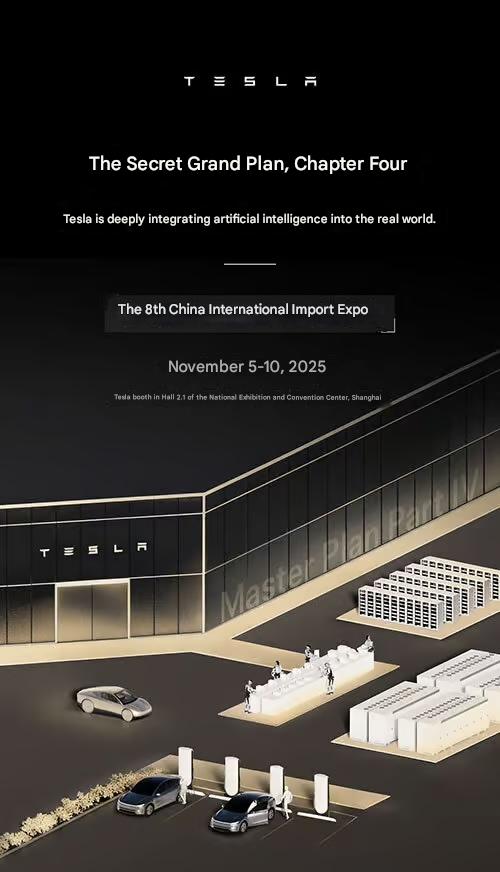
Tesla’s momentum in China
Tesla’s return comes after skipping the event last year. Interestingly enough, Tesla attended the event from 2018 all the way to 2023. Tesla’s return to the CIIE then aligns with the company’s efforts to attract consumer interest in the world’s most competitive electric vehicle market.
The Cybercab’s presence in the event could suggest that Tesla might be interested in bringing its Robotaxi to the country. This is quite interesting as China is already home to several autonomous ride-hailing services, though Tesla’s pure vision approach, which focuses on artificial intelligence and cameras, is quite unique. So far, Tesla has only rolled out its autonomous ride-hailing services in Austin, Texas, and the Bay Area, California.
News
Tesla Semi factory looks nearly complete
Based on recent images taken of the facility, it appears that the Semi’s initial production might be right on schedule.
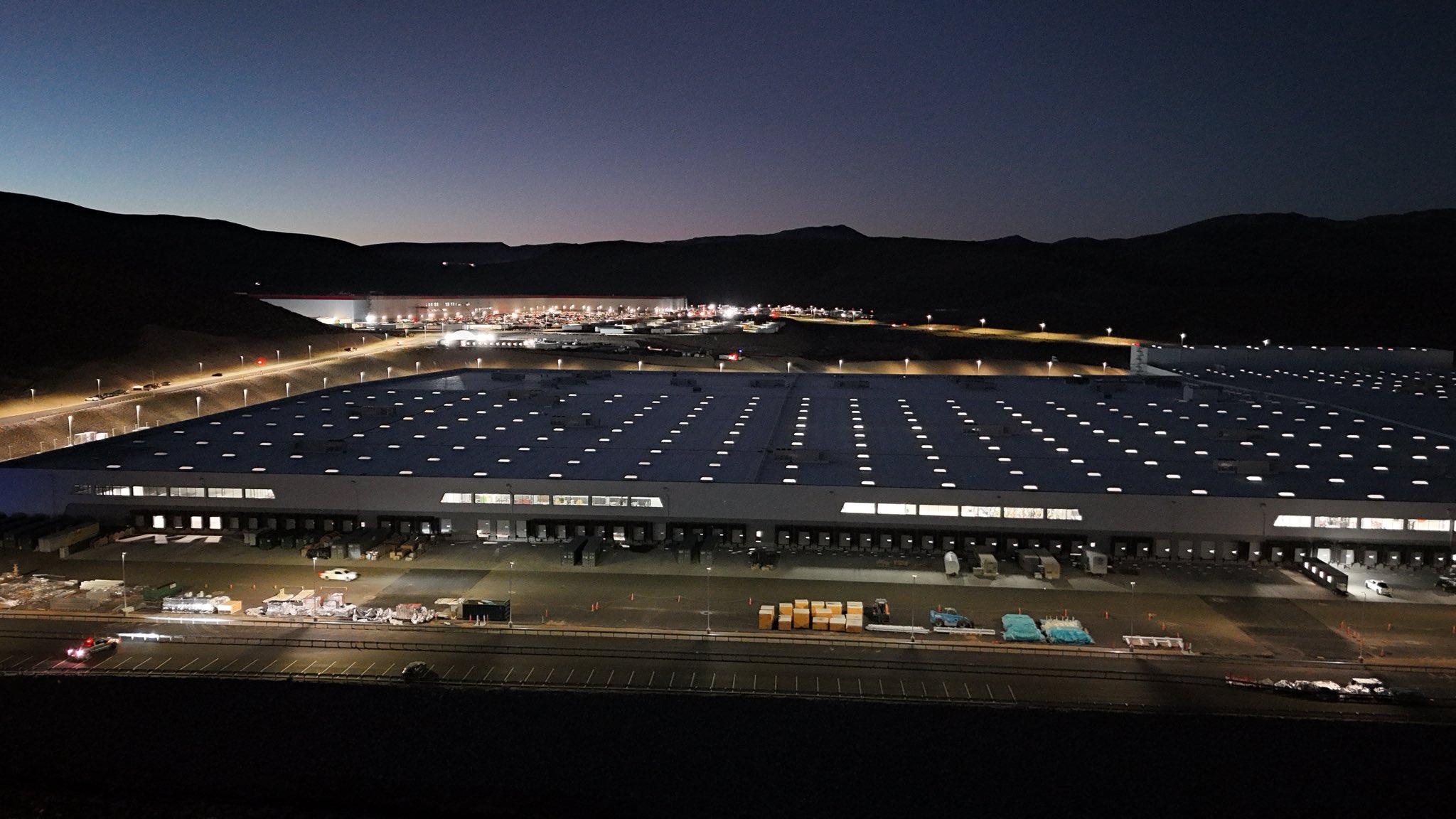
The Tesla Semi factory looks like it is nearing completion. Based on recent images taken of the facility, it appears that the Semi’s initial production might be right on schedule.
This was, at least, as per recent observations from a veteran Tesla watcher who has long been chronicling the progress of the facility.
Tesla Semi factory today
As per longtime Tesla Semi advocate @HinrichsZane, the Class 8 all-electric truck’s factory in Nevada looks almost completed. The facility’s exterior looks finished, which suggests that much of the work being done today is likely focused on the factory’s interior and equipment.
This was highlighted in recent photos taken by the drone operator, which show that the facility’s parking lots are now filled with vehicles. A photo taken before dawn also highlighted just how refined the factory has become over the past months. Needless to say, it appears that the factory is all but ready to start the initial production of the Tesla Semi.
Deliveries and targets
Tesla has stated that the Semi factory will start producing the Class 8 all-electric truck by 2026. This was stressed by Elon Musk in a previous comment on X, when he stated that “Tesla Semi will be in volume production next year.” Once ramped, the facility will be capable of producing about 50,000 Tesla Semi units annually. This should help the Semi disrupt and potentially saturate the United States’ transport sector.
Progress in the Tesla Semi factory has been notable in the past months. Just a few months ago, drone footage of the site revealed that Tesla was shipping extremely large production equipment into the facility. These included what appeared to be a gigantic stamping machine that was so large and heavy that it was shipped to the Semi factory using two diesel trucks and a triple trailer.
Cybertruck
FIRST LOOK: Tesla Cybertruck police cruiser interior
The LVMPD released a new video of the police cruisers that were donated by billionaires Ben and Felicia Horowitz.
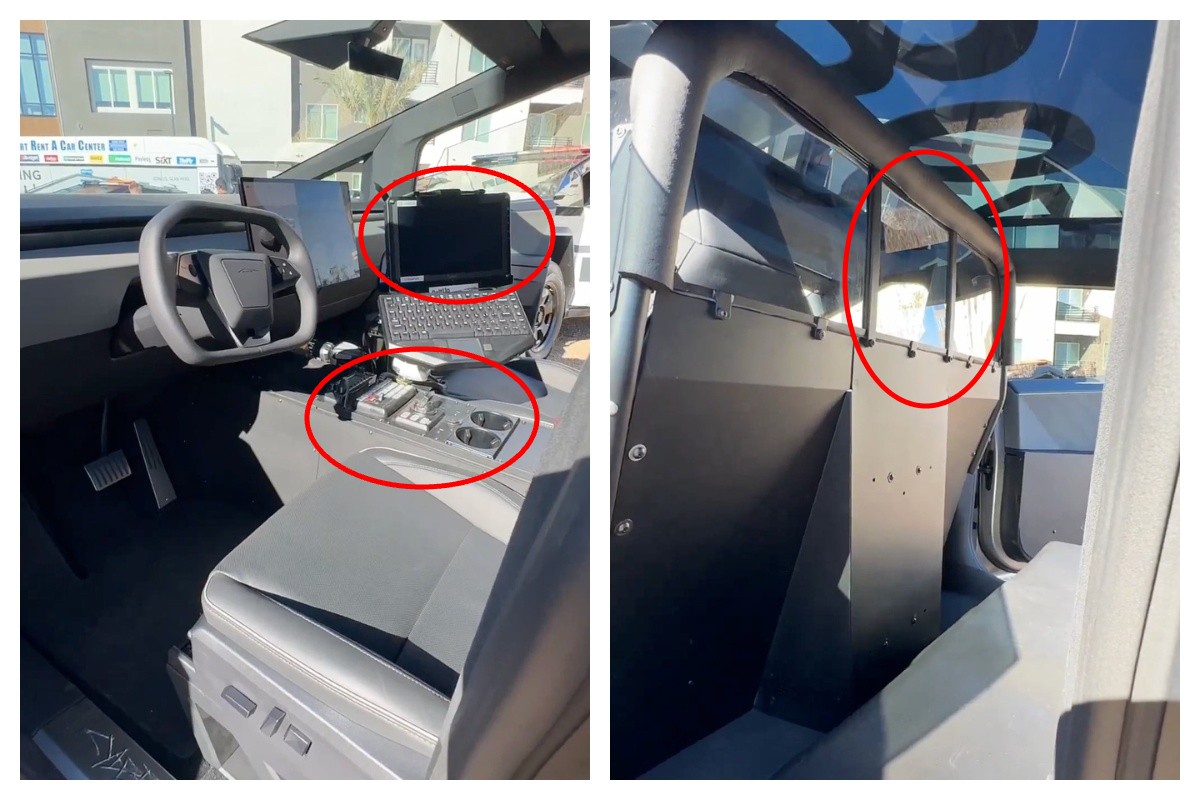
The first look at the Tesla Cybertruck police cruisers for the Las Vegas Metro Police Department has been going around as the city begins to add them to its active fleet.
The LVMPD released a new video of the police cruisers that were donated by billionaires Ben and Felicia Horowitz, showing their design, as well as the first look at the front of the vehicle where police will sit, as well as the back where the criminals will think about their actions.
Tesla Cybertruck police fleet in Las Vegas pic.twitter.com/Z8t2wLMVR3
— TESLARATI (@Teslarati) October 30, 2025
Sheriff Kevin McMahill commented on the addition of the Cybertrucks to the fleet, which includes recognition of their symbolism regarding the mission of the Department itself:
“These represent something bigger than a police vehicle. They represent innovation and our continued commitment to serve this community with the best tools available — safely, efficiently, and responsibly. They can handle everything from Fremont Street to Red Rock Canyon.”
The LVMPD had the Cybertrucks primed for law enforcement use by Upfit Tesla, a division of Unplugged Performance, the unequivocal leader in performance upgrades for Teslas.
The first look at the interior of the police cruisers is awesome to see, especially as it shows the Cybertruck’s ability to cater to every and any application for personal or professional use.
The front of the Cybertruck police vehicle shows an interior fully outfitted for a shift in Las Vegas. A laptop is mounted next to the center touchscreen, and siren and light controls are located in the center for easy access for officers:
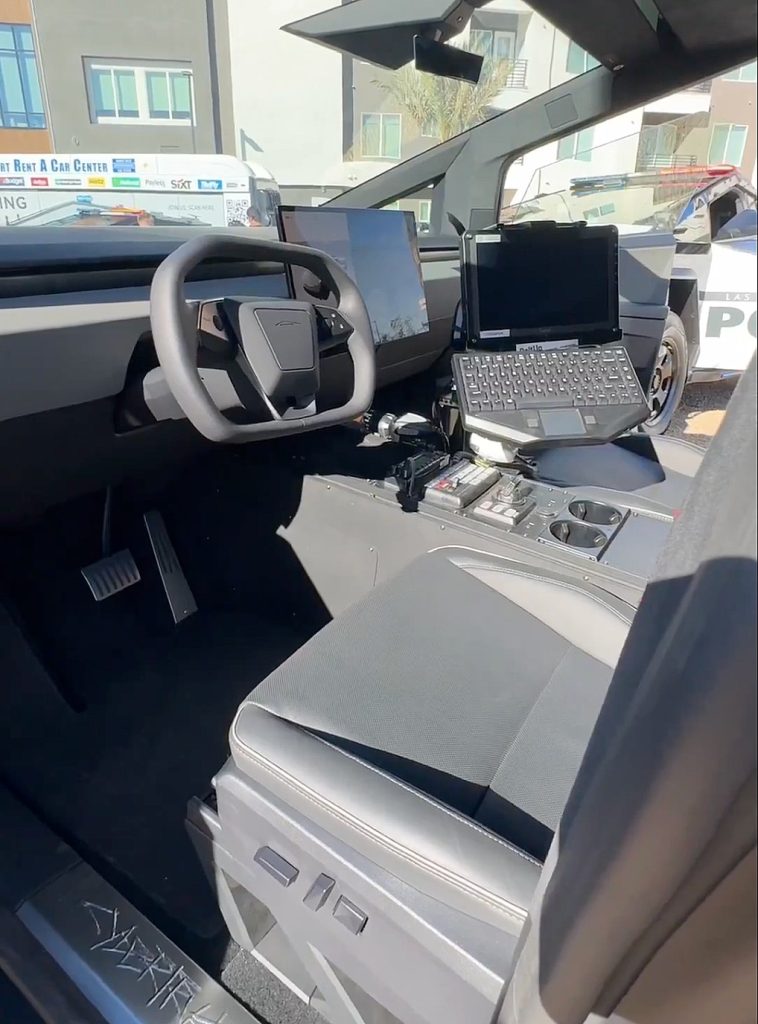
The rear of the cruiser is plain and fitted with plastic seats, typical for the transportation of criminals and suspects, as well as a partition that appears to be made of ballistic glass, helping to protect officers from those they have arrested. It is also reinforced with steel and foam lines the top of the partition:
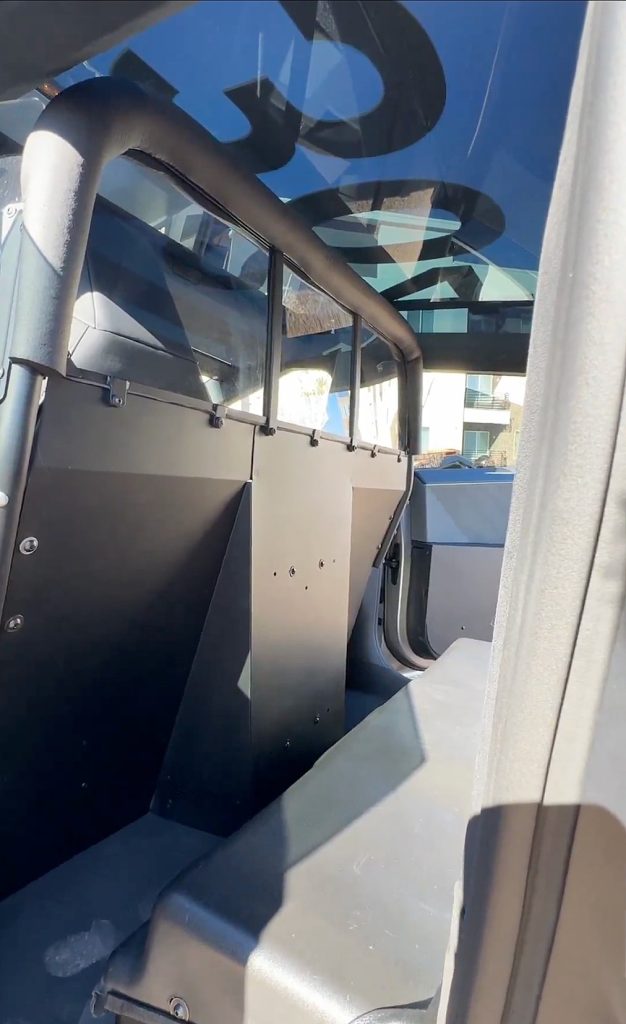
The fleet was donated shortly after a Cybertruck exploded at the front entrance of Trump Tower in Las Vegas in January. While the person inside lost their life, the Cybertruck’s ability to muffle most of the blast and keep damage relatively limited to the building impressed many.
-
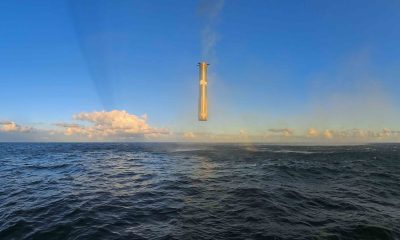
 Elon Musk2 weeks ago
Elon Musk2 weeks agoSpaceX posts Starship booster feat that’s so nutty, it doesn’t even look real
-

 Elon Musk2 weeks ago
Elon Musk2 weeks agoTesla Full Self-Driving gets an offer to be insured for ‘almost free’
-
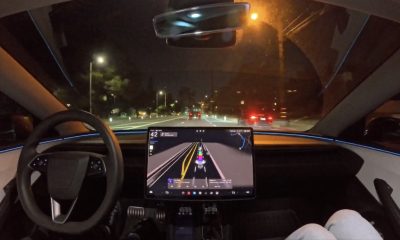
 News2 weeks ago
News2 weeks agoElon Musk confirms Tesla FSD V14.2 will see widespread rollout
-
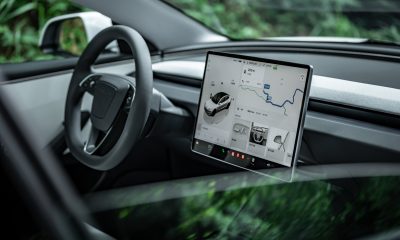
 News2 weeks ago
News2 weeks agoTesla is adding an interesting feature to its centerscreen in a coming update
-
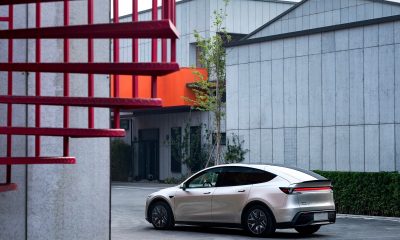
 News2 weeks ago
News2 weeks agoTesla launches new interior option for Model Y
-
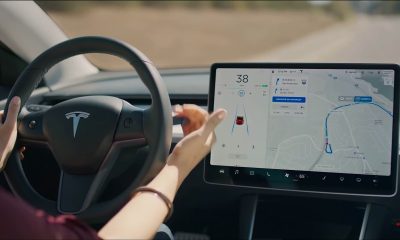
 News2 weeks ago
News2 weeks agoTesla widens rollout of new Full Self-Driving suite to more owners
-
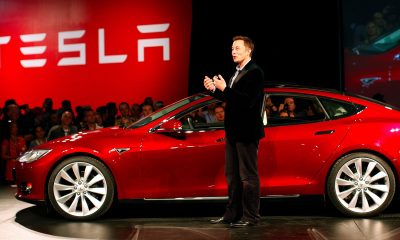
 Elon Musk2 weeks ago
Elon Musk2 weeks agoTesla CEO Elon Musk’s $1 trillion pay package hits first adversity from proxy firm
-
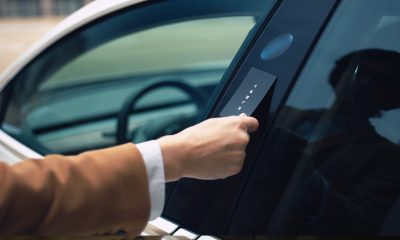
 News2 weeks ago
News2 weeks agoTesla might be doing away with a long-included feature with its vehicles


